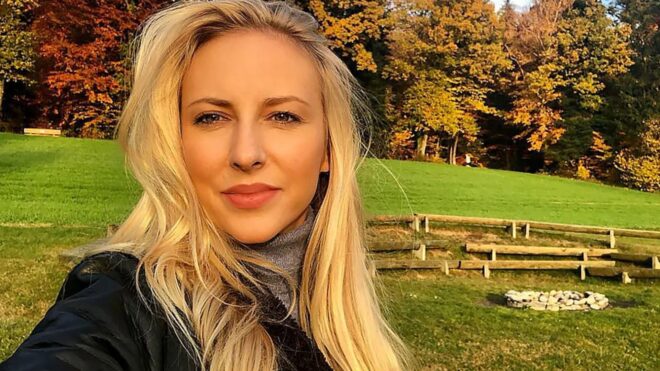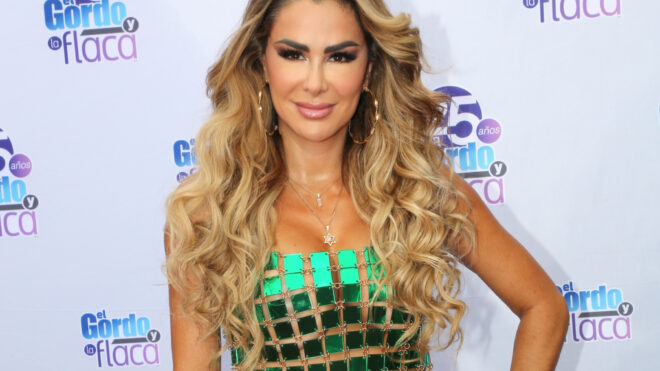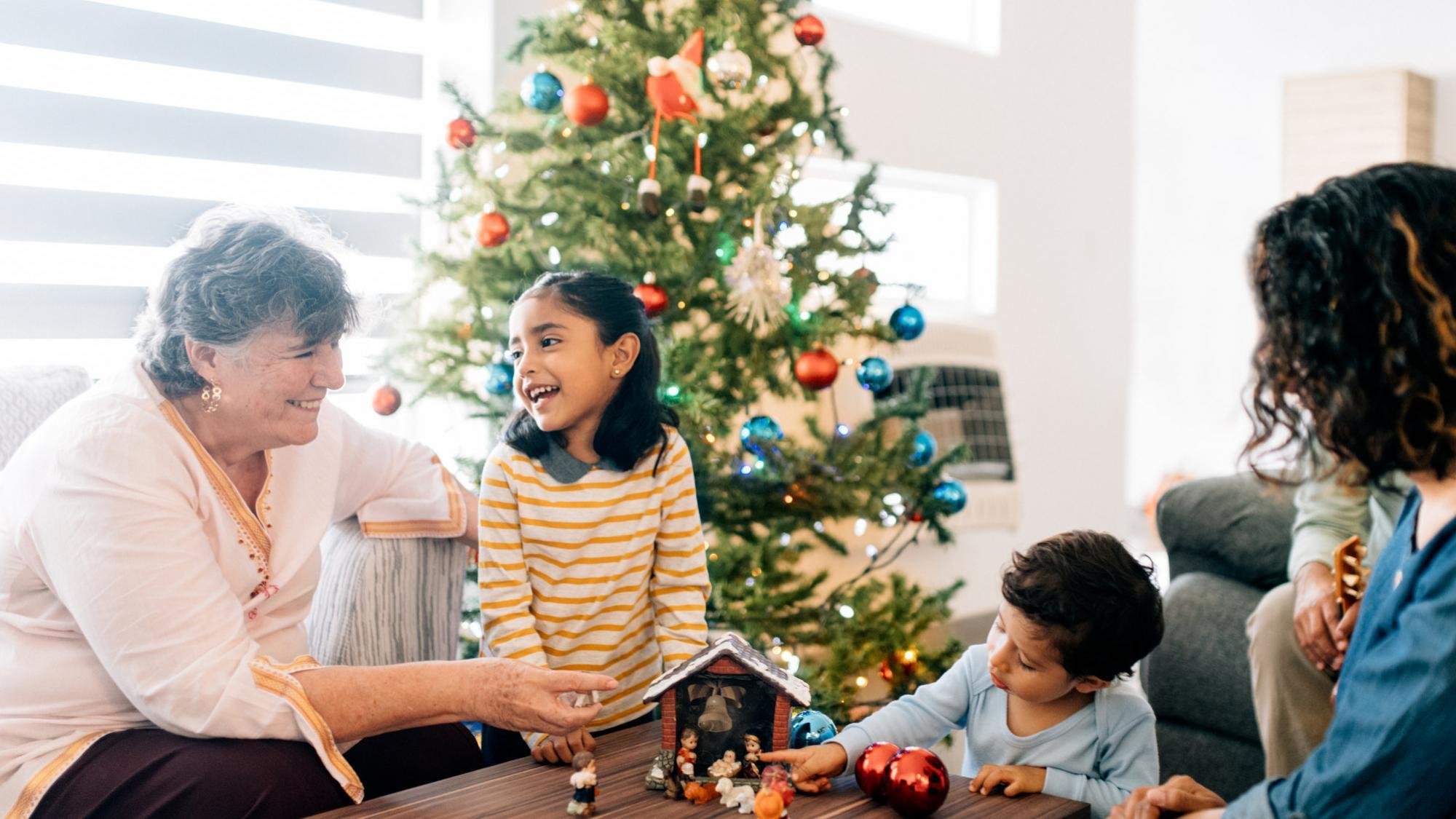
In the US, the Christmas season is probably the most festive time of the year, even though it's freezing cold in some parts of the country. People come out in waves to see Christmas tree lightings in person, go ice skating, and shop for gifts as they jam along to the sweet sounds of traditional and modern Christmas music like Mariah Carey's legendary holiday song, "All I Want for Christmas Is You."
In countries in Latin America, the Christmas season is just as festive if not more. Christmas in Latin America is loud. Many times it's full of fireworks and parrandas or aguinaldos, a version of caroling where people go from home to home singing, dancing, and indulging in food and drink.
More from MamásLatinas: Traditional Latin American desserts that are perfect for Christmas dinner
While people in Latin America make lots of time for partying, Christmas is also a religious occasion for many. Nativity scenes are the focal points of their homes, and going to midnight Mass is a must. Some towns even try to re-create Mary and Joseph's journey to Bethlehem, where baby Jesus was born.
Latin American families who have migrated to the US have brought their customs with them. Where people in the US traditionally celebrate Christmas on December 25, you can expect Latin American families to claim La Noche Buena, or Christmas Eve, as theirs. Homes will be filled with music, countless family members in their best clothes, and lots of food and drink. Like in Latin America, some people may even keep the festivities going until Three Kings Day, or El Dia De Los Reyes, on January 6.
Even though there are tons of similarities, every Latin American country has its own way of doing things. Here are some of the most special Latin American Christmas traditions that are unique to the holiday season.
In Ecuador, Christmas starts on December 16, nine days before the actual holiday.
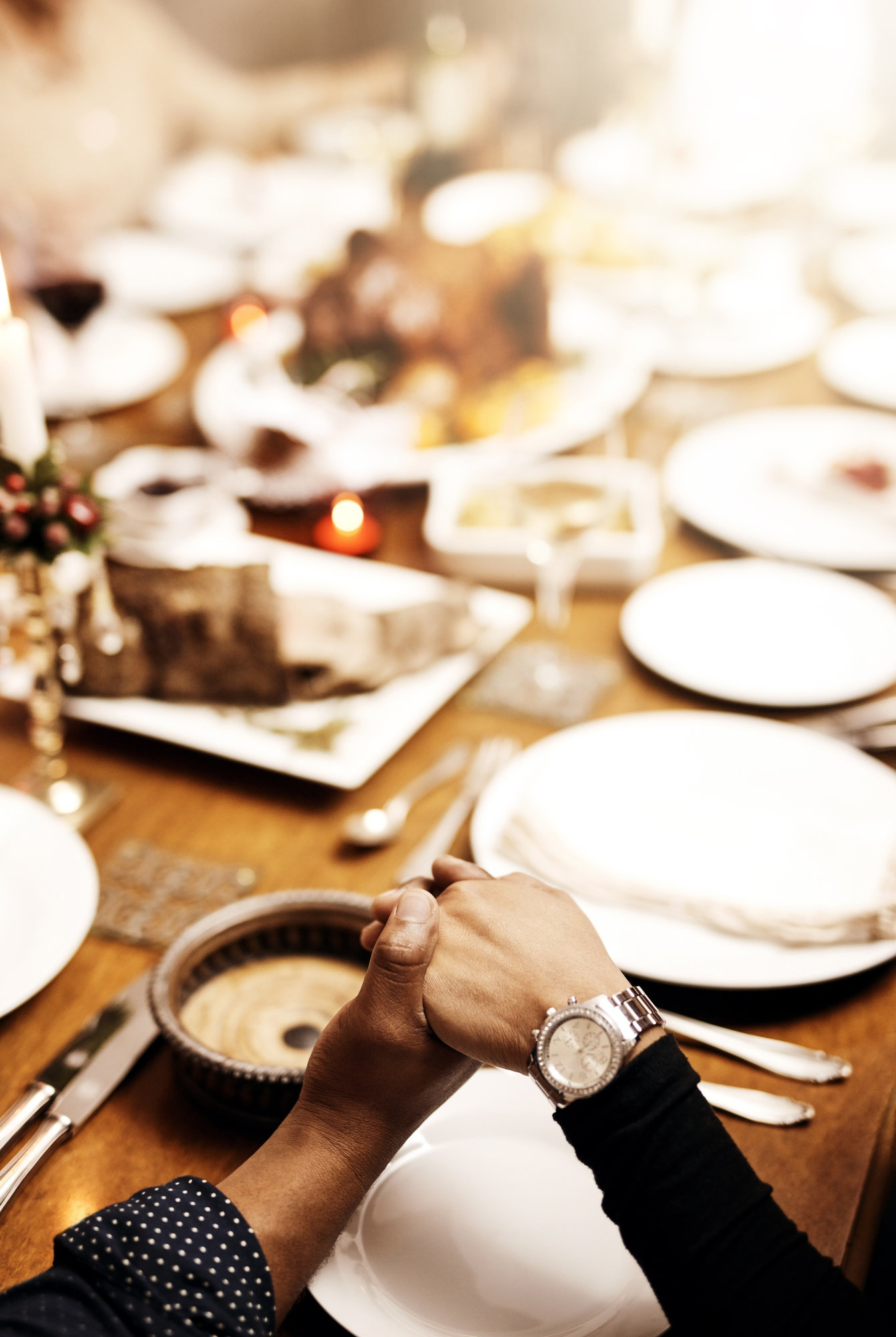
People in Ecuador participate in a Novena – nine days of praying, singing, and gathering to eat – usually around a nativity scene. A set of prayers are recited every night in order to prepare for the birth of baby Jesus.
In Argentina, people welcome Christmas with a big bang.
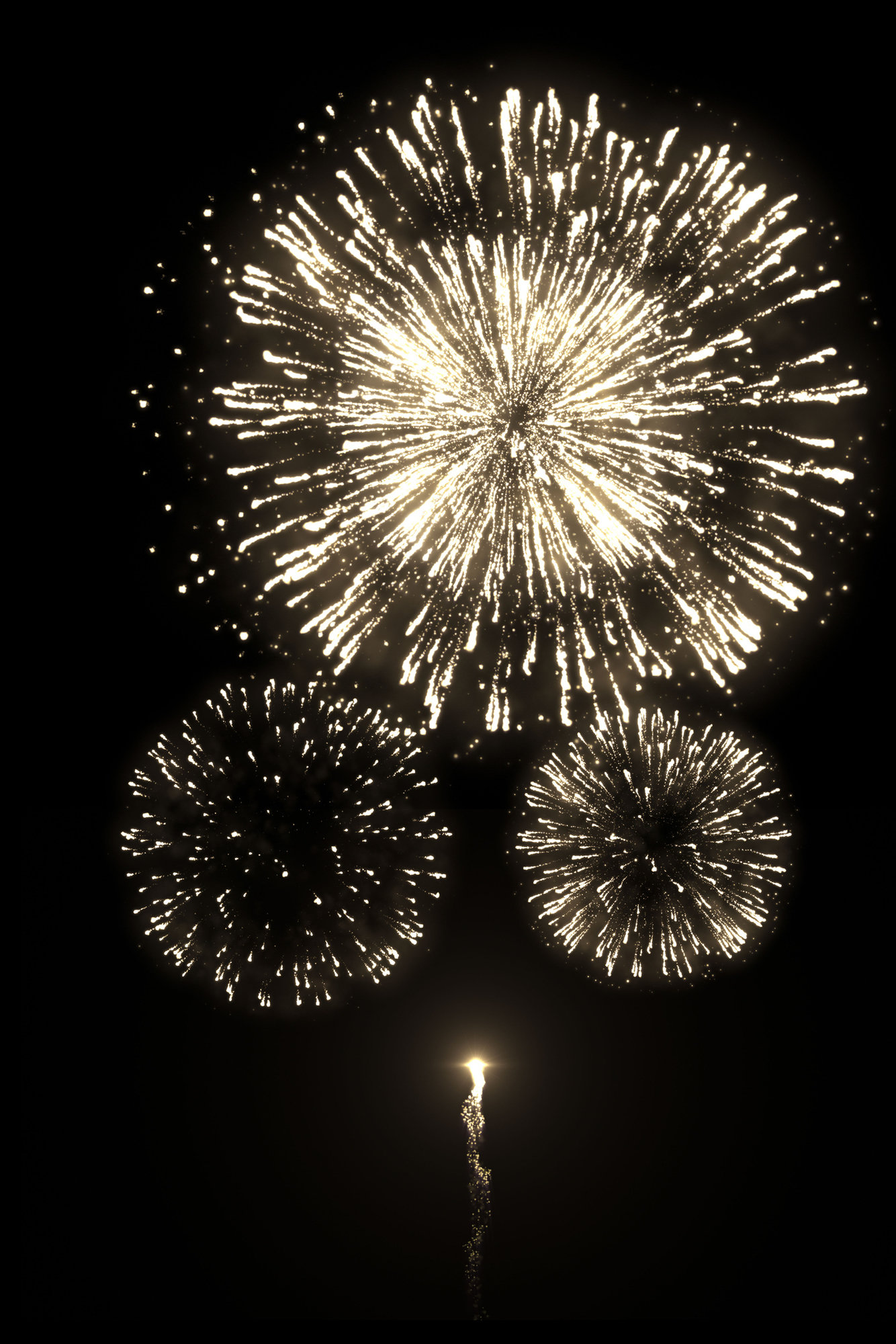
While people in the US associate fireworks with the Fouth of July, Argentinians set off fireworks when the clock strikes midnight and it’s officially Christmas. People will also celebrate by gathering with family, heading out to nightclubs, or indulging in lots of Christmas treats.
Colombia celebrates Dίa de las Velitas on December 7.

Literally translating to Little Candles Day, people in Colombia mark the beginning of the Christmas season on December 7 by lighting small candles or paper lanterns and placing them in visible spots like windowsills, balconies, and porches and in parks and public squares.
In Guatemala, the posadas are a popular pre-Christmas celebration.
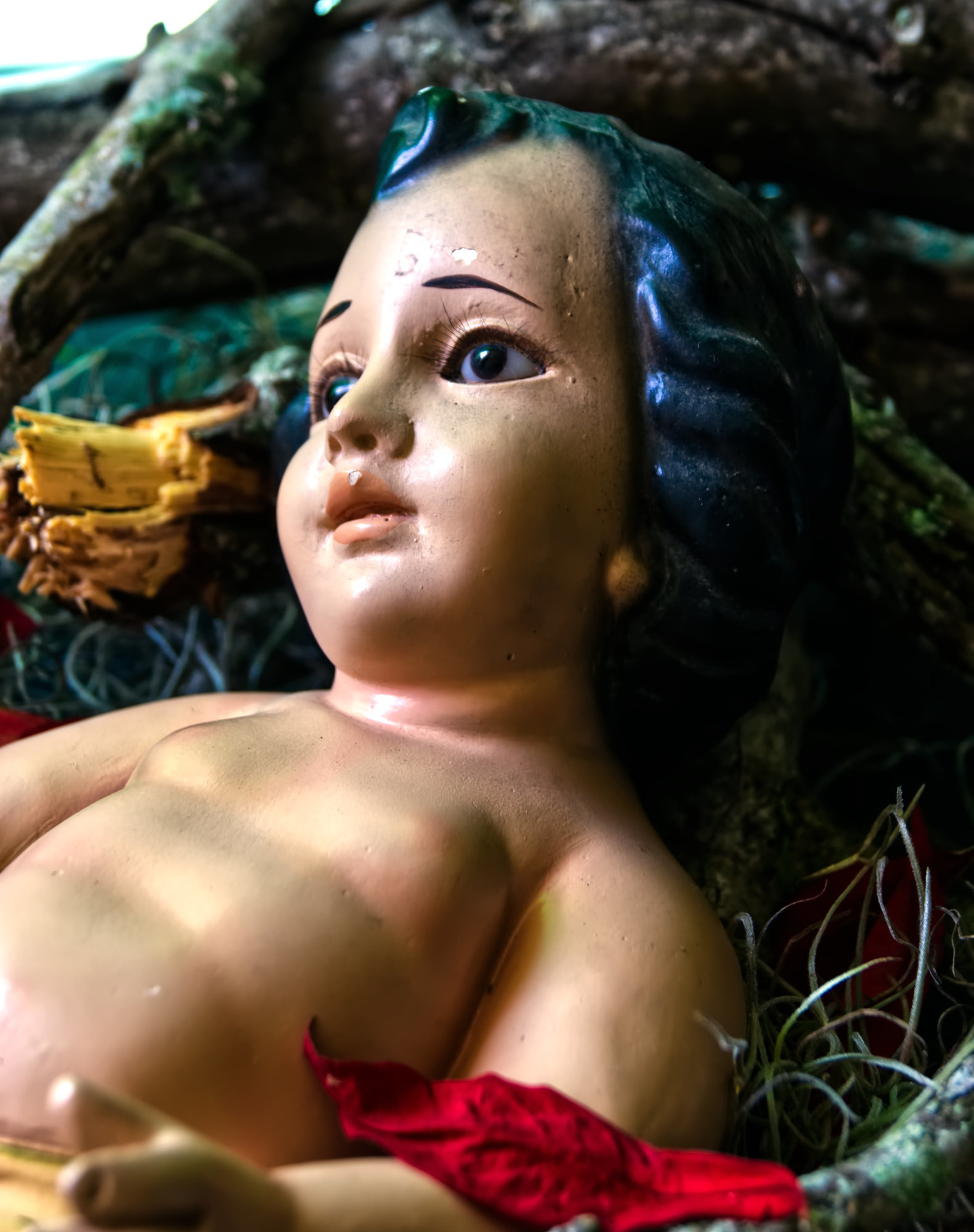
The posadas are basically processions that are supposed to honor Mary and Joseph’s journey to Jerusalem. The processions are full of music and singing and paper lanterns, and people typically hold images of Mary of Joseph. The posadas take place during all nine days leading up to Noche Buena.
In Oaxaca, Mexico, one popular tradition involves radish carving.

Noche de Rabanos, also known as Night of the Radishes, stems from an old tradition where merchants would carve radishes into tiny sculptures hoping to attract local shoppers. Today, the radish carving still continues, but the sculptures have become a lot bigger. People line up to look at the displays, and the person with the best carvings wins a prize.
In Costa Rica, some families get together to decorate their Nativity scenes.
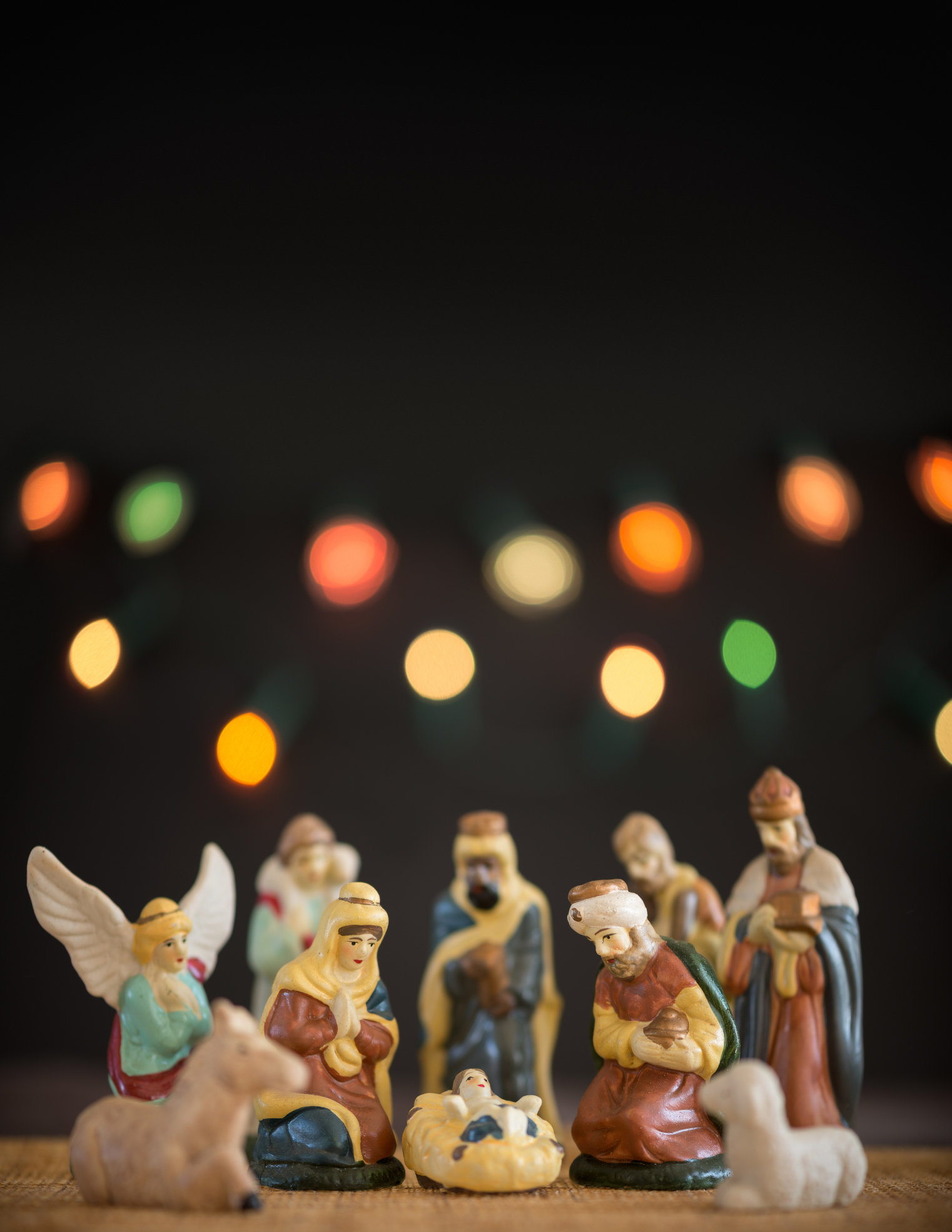
During the Christmas season, Costa Ricans decorate their houses with beautiful flowers. Some also take time to add flowers, fruit, and figurines to their Nativity scenes. The Nativity scene is usually the center of display within their homes.
In Uruguay, they call Santa Claus Papa Noel.

Some families wait until just before Christmas to put the presents under the tree. They might trick the children into looking away, while someone sneakily puts the presents under the tree. The children are then led to believe that Santa made his visit and left them presents.
In Dominican Republic, the holiday season means getting woken up by the aguinaldos.
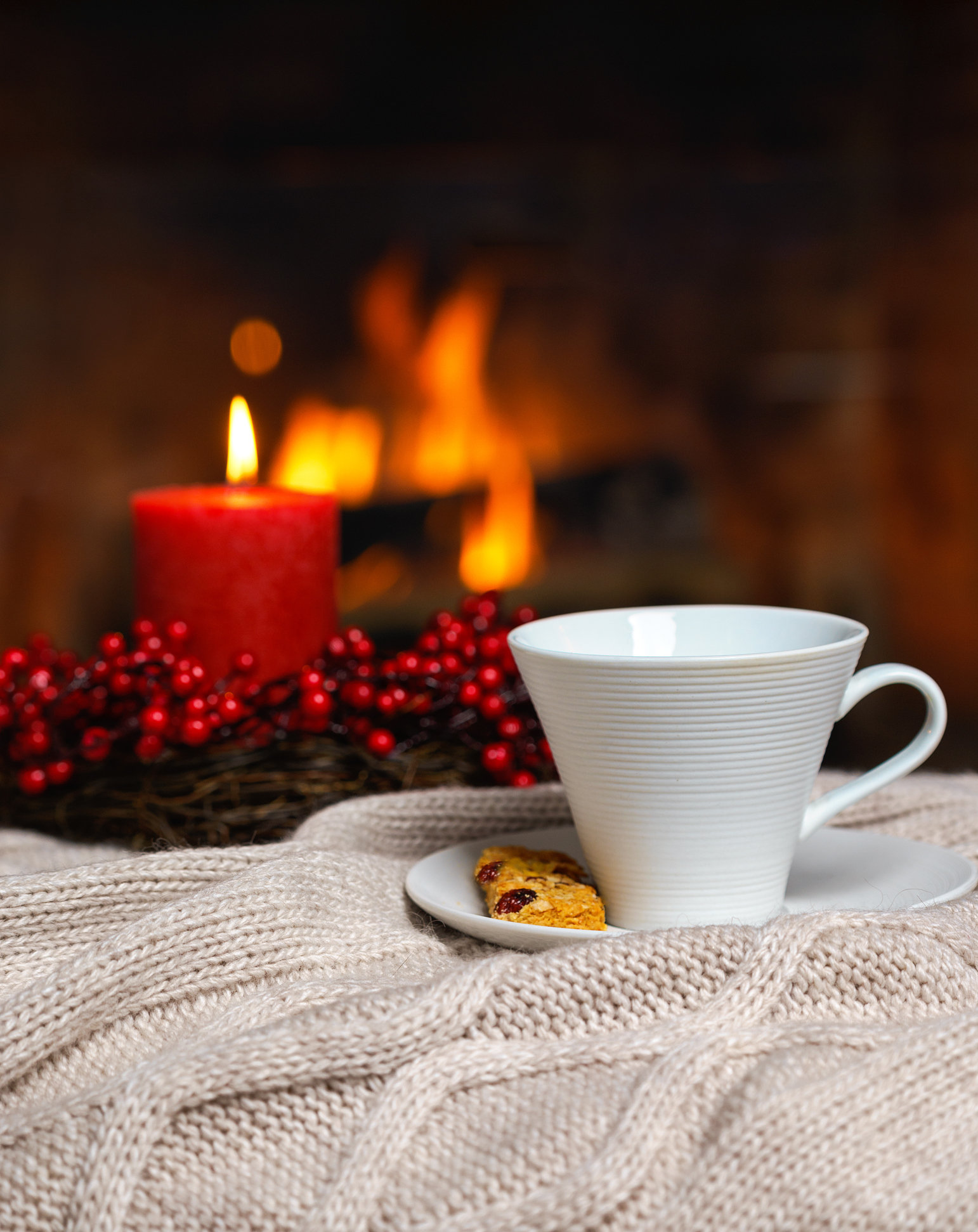
The aguinaldos are a dear holiday tradition in the country. Friends and family gather in groups and go around from house to house knocking on doors, singing, and playing music. A family will usually offer the aguinaldos food and drinks like hot chocolate and toasted bread.
In El Salvador, it’s customary to hear a ton of fireworks once the clock strikes midnight on Christmas.

The time around midnight is usually loud because everyone’s letting their fireworks off at the same time. Christmas is also celebrated the way many people in other Latin American countries do: with a huge dinner and tons of family over.
In the Cuban town of Remedios, neighbors compete to see who can make more noise.
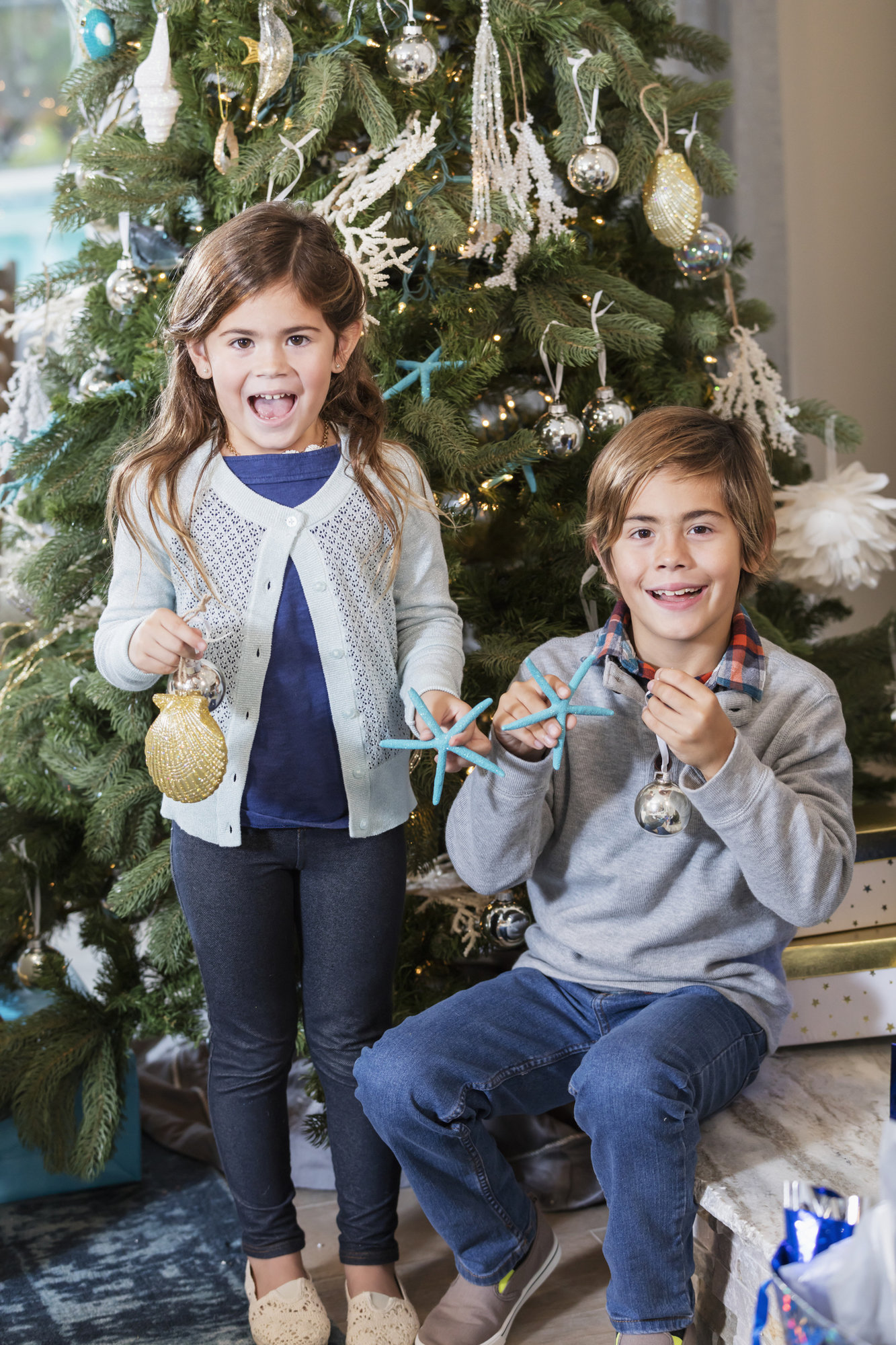
The people in each of the town’s neighborhoods will dress up and try to be as festive as possible until it’s time to attend midnight Mass. The story is that the tradition first started after the town’s priest became afraid that people would fall asleep before Mass, so he asked the children to make as much noise as they could leading up to the mass.
Christmas in Belize is full of traditional dances that celebrate the country’s history.
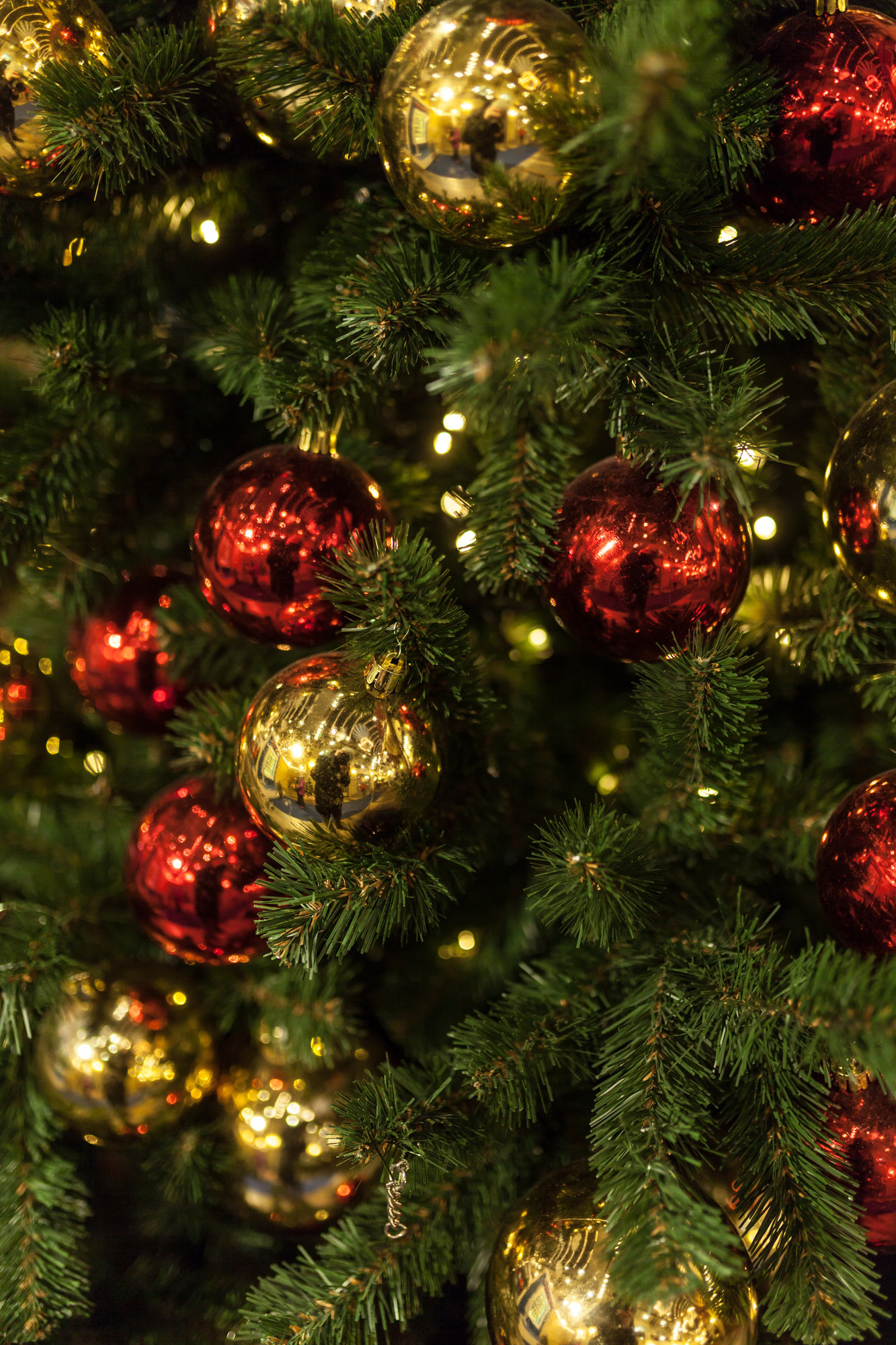
During the Christmas Bram, participants sing, dance, and play instruments through the neighborhood. In another tradition, Jankunu dancers put on a performance that celebrates the country’s freedom from slavery.
In Honduras, people sign up to host the churchgoers participating in the posadas.
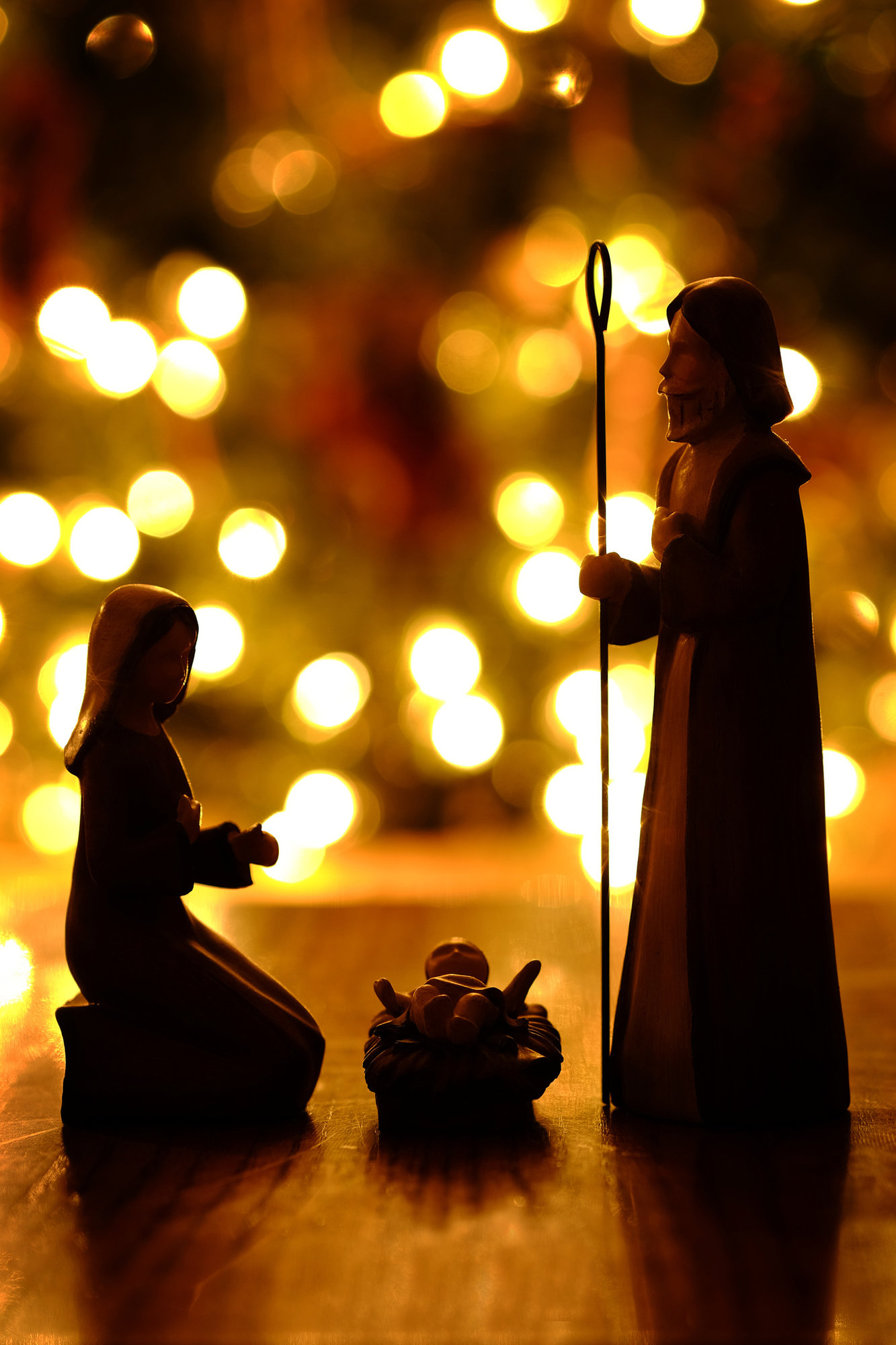
The first family that signs up will host the procession and the people dressed up as Mary and Joseph mimicking their journey to Jerusalem. Afterward, the homeowners at that first stop will then join the procession as they lead it to the next house on the tour.
In Chile, Christmas means indulging in a drink that literally translates to "Monkey’s Tail."
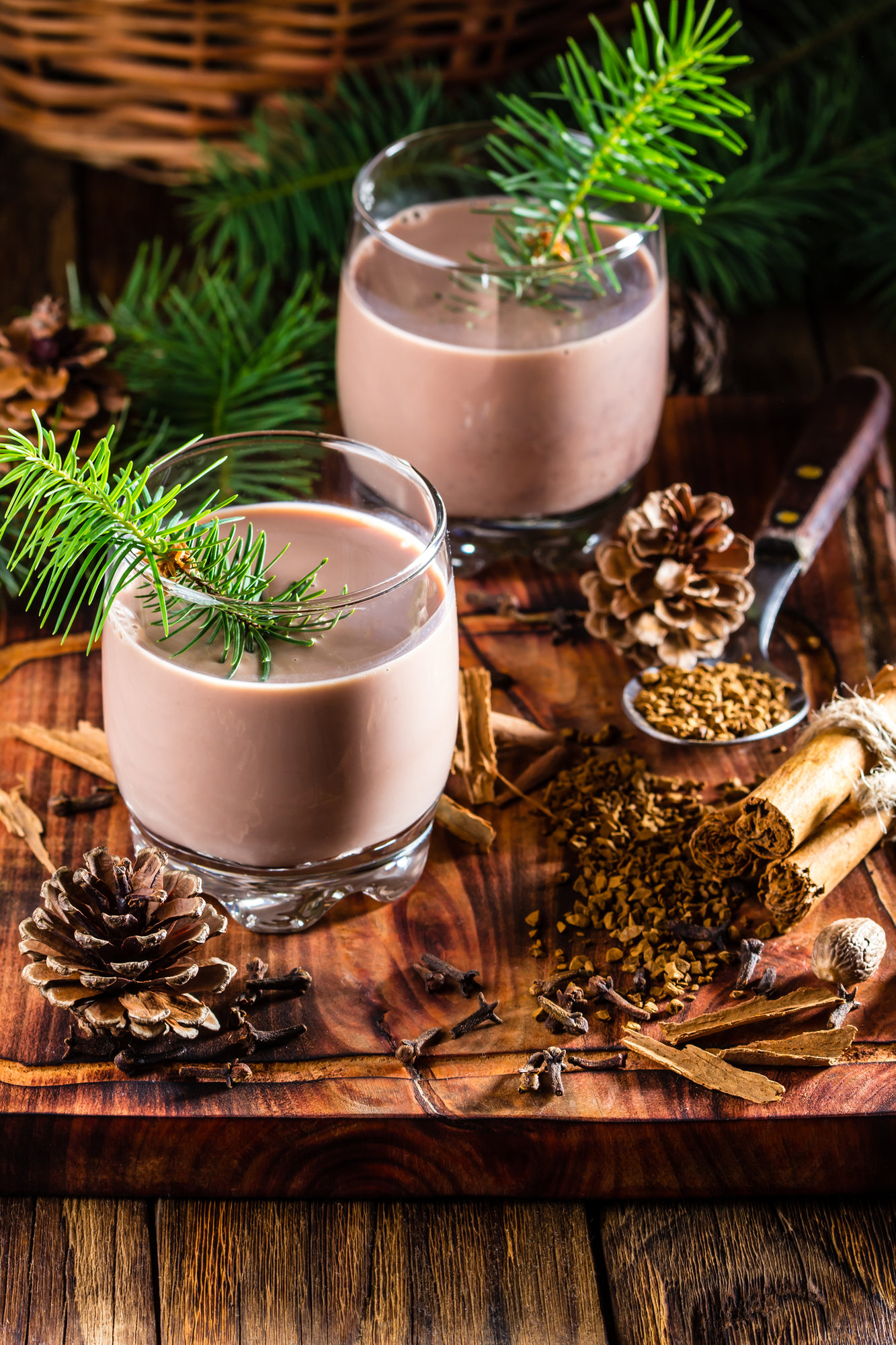
The drink, called Cola de Mono, is made with aguardiente, milk, coffee, sugar, and cloves. Those who aren’t having this drink may be drinking borgona instead, which is a drink made of chilled red wine and a strawberry mixture.
In Nicaragua, one traditional way to celebrate Christmas is by participating in La Griteria, which means "The Shouting."
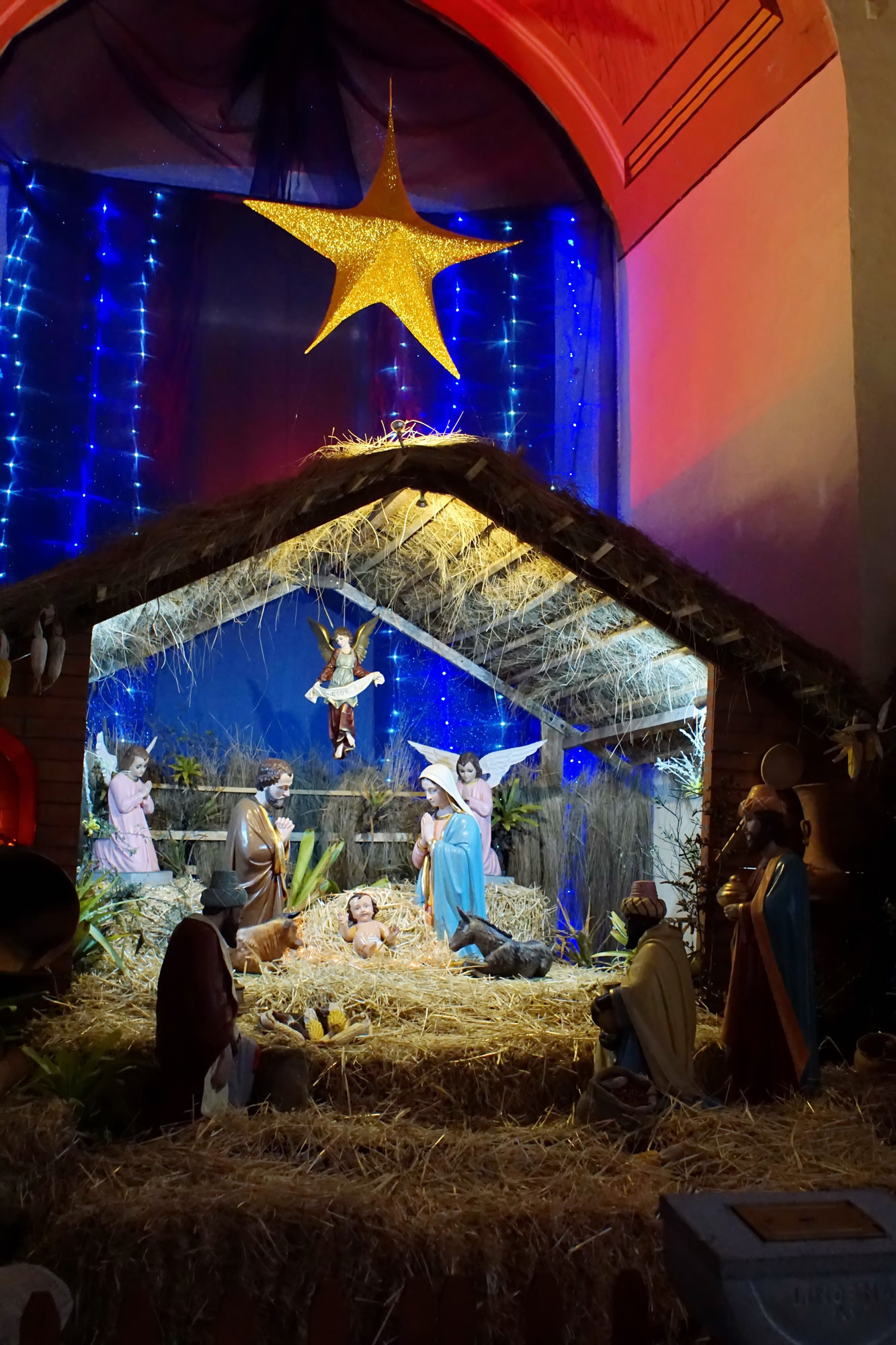
The Shouting happens on the day of the Feast of the Immaculate Conception. People will usually scream, “Que cause tan alegria?” meaning, “What’s the cause for so much happiness?” People then respond that it’s Mary’s conception. The calls and responses goes on all night until the fireworks go off.
In addition to going to midnight Mass and participating in aguinaldos, Christmas in Venezuela means having traditional holiday treats.
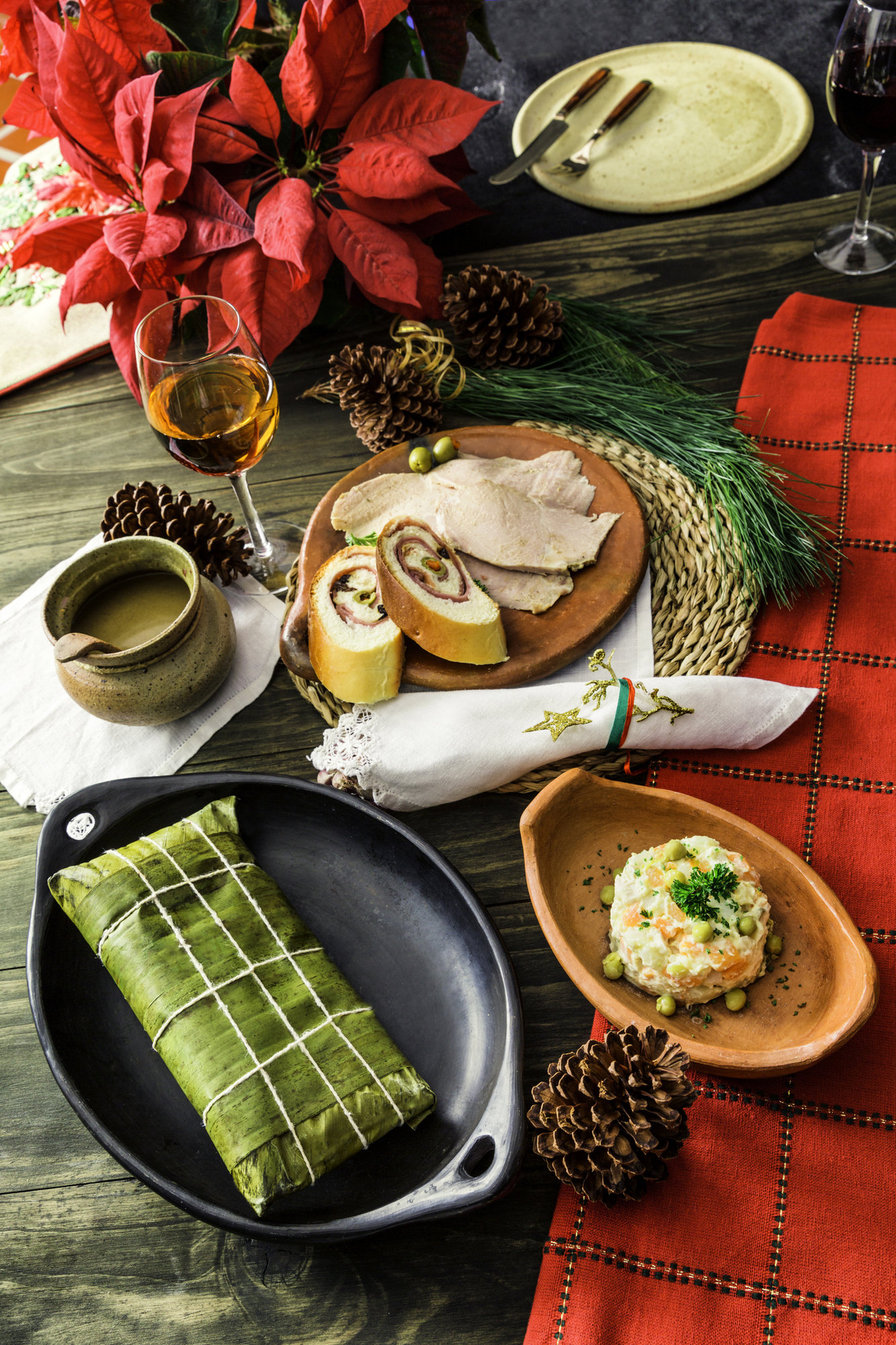
Traditional Venezuelan holiday foods include hallacas, which are made of a corn dough that’s stuffed with meat and other ingredients like olives and raisins; pan de hamon, which is a long bread that’s filled with ham, raisins, and olives; and dulce de lechoza, which is a sweet treat made from papaya and brown sugar.
In Peru, the celebration of Noche Buena means finally welcoming the baby Jesus.
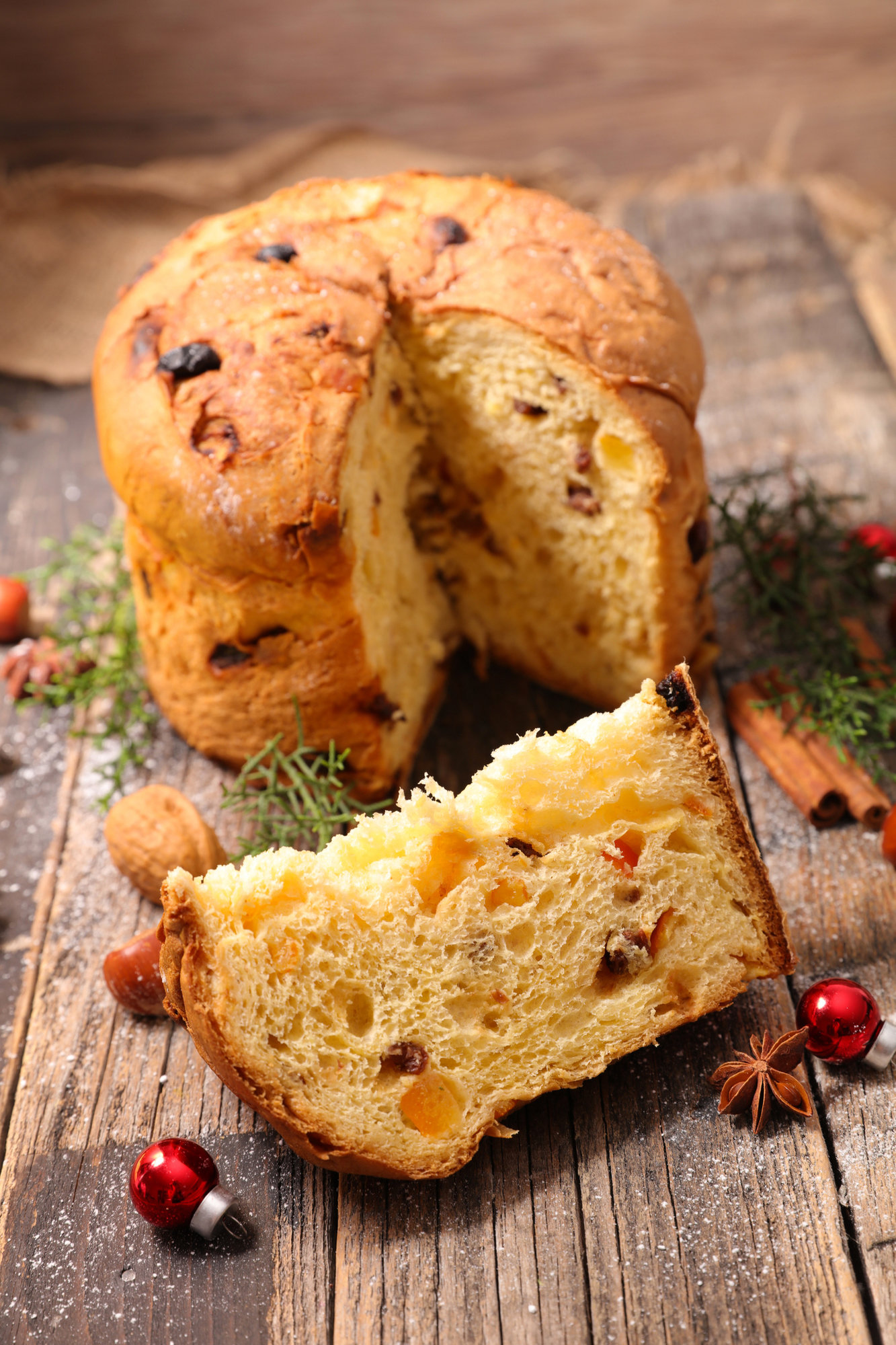
Nativity scenes are the focal point of almost every Peruvian home during the Christmas season, and on Noche Buena, one family member is chosen to finally put the baby Jesus figure into the tiny manger that’s part of what Peruvians call pesebres. Peruvians also take some time to enjoy panettone, a sweet bread full of candied fruits.
In Bolivia, some communities start the holiday with the procession of the baby Jesus into the town.
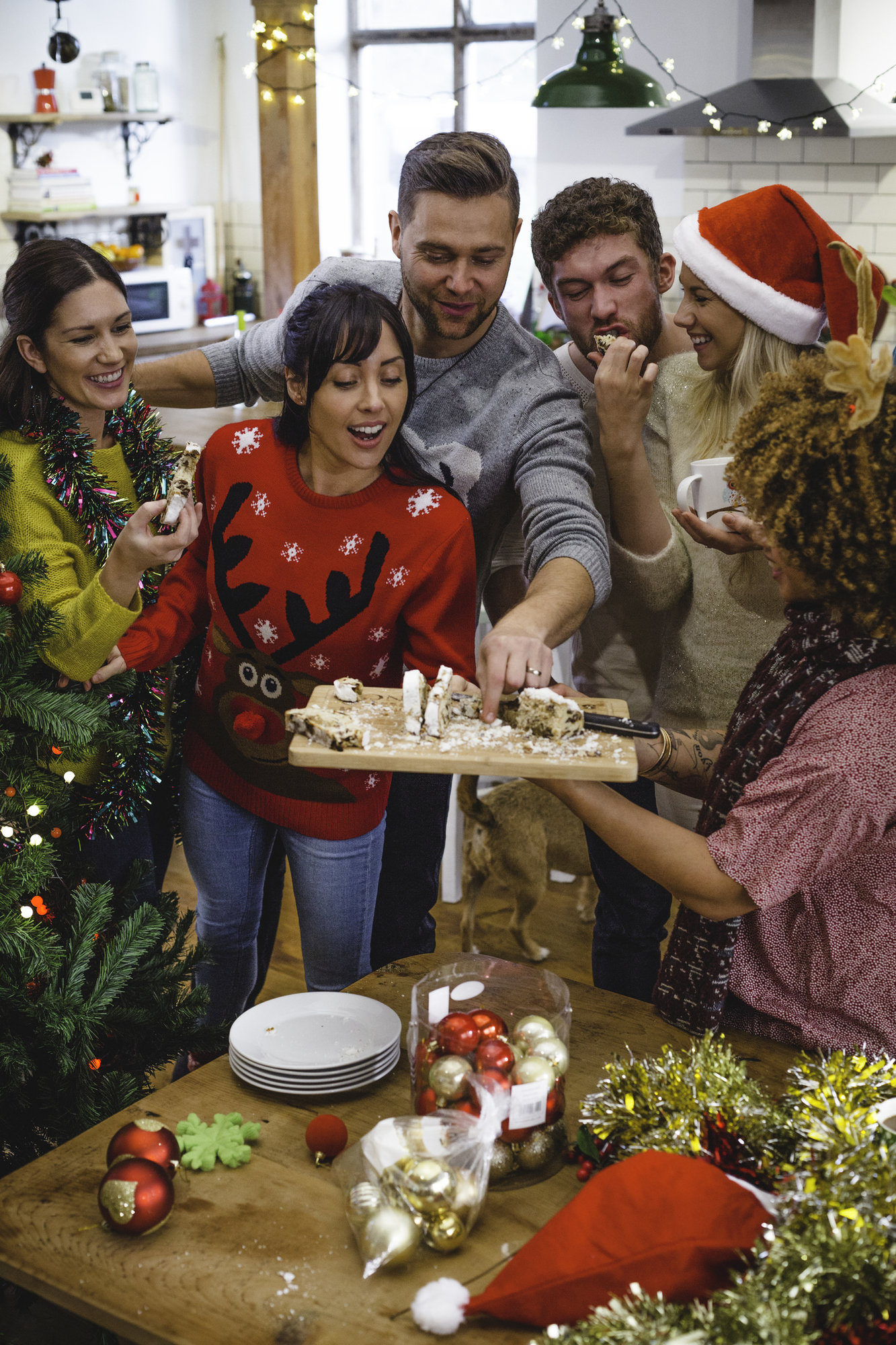
The procession of the baby Jesus is full of singing and dancing as it finally makes its way into the church. People will then stay awake to attend midnight Mass on Christmas, before continuing the festivities at their own home, meaning the Christmas celebration in Bolivia literally goes all night.
In Puerto Rico, some Christmas traditions consist of a pig roast.
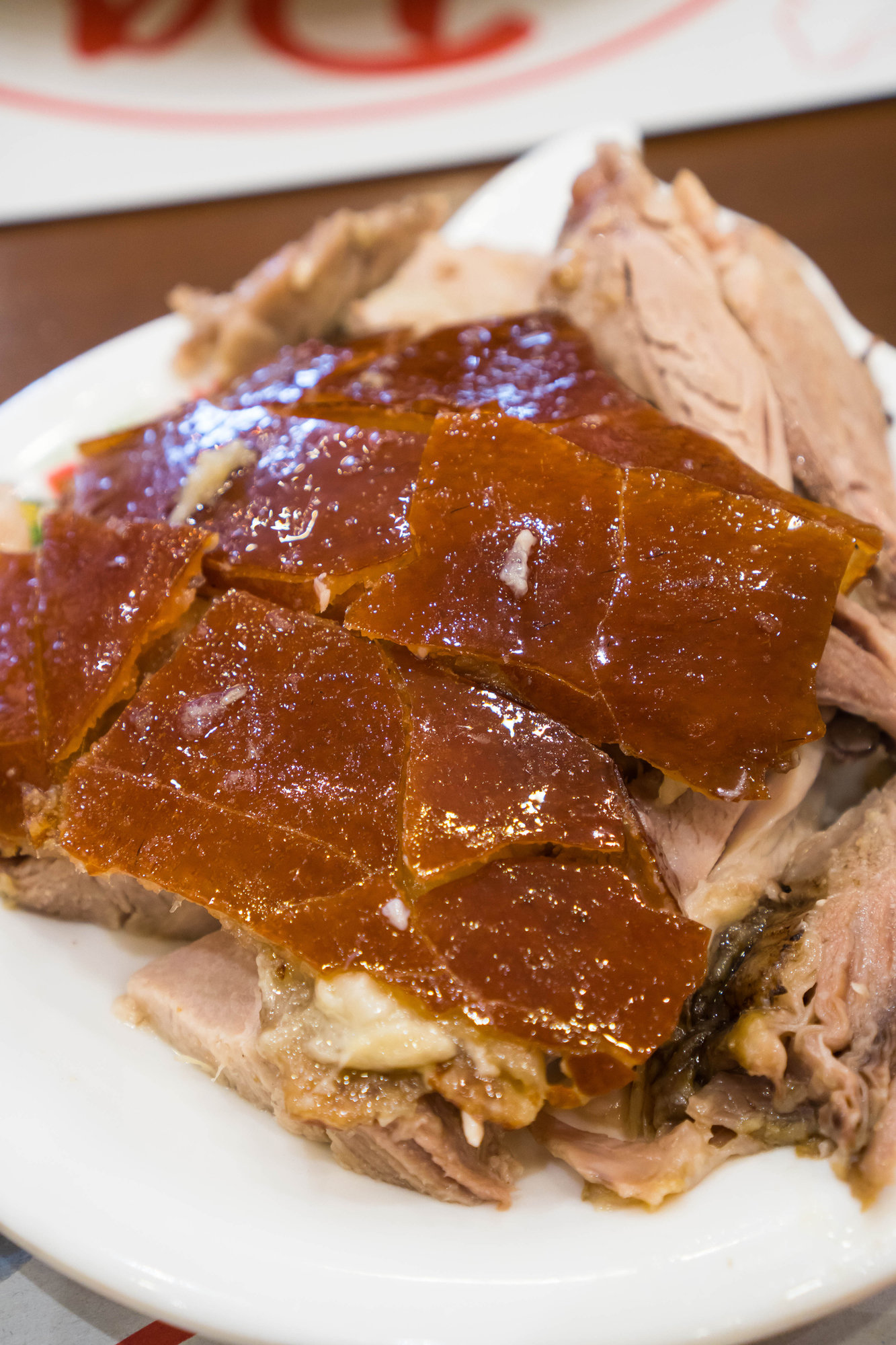
In addition to the parrandas, which is basically a form of caroling, some Puerto Ricans participate in a lechon asao. The pig roasts consists of holiday music, cooking of side dishes, and overall party vibes. The celebration and gift giving then continues until Three Kings Day, or Dia de Los Reyes.
Christmas in Panama is full of festive foods.
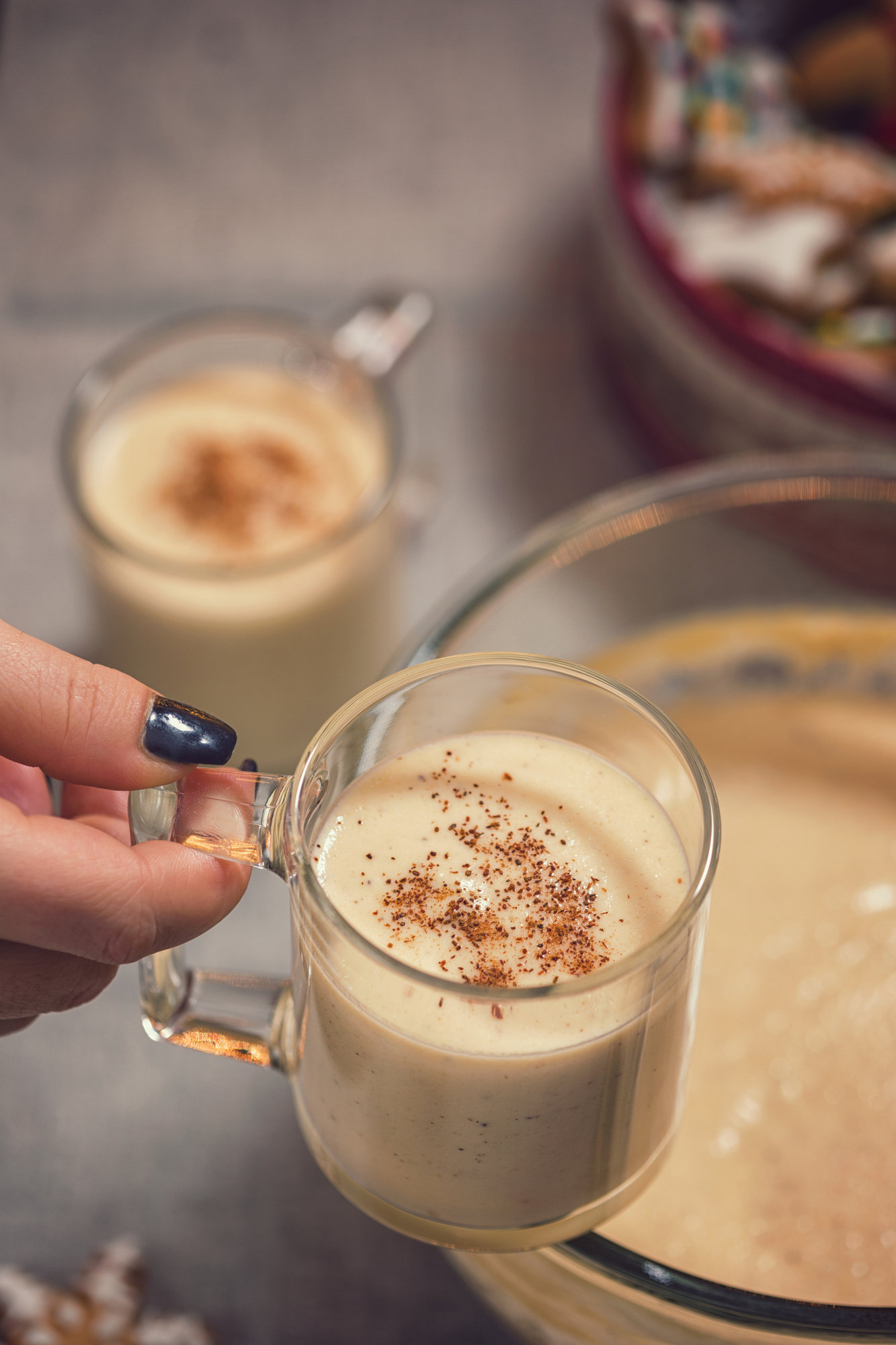
Unlike in the US, people in Panama associate turkey with Christmas rather than Thanksgiving. In Panama, turkey is prepared with local spices and minced vegetables and is served with other traditional foods like tamales, potato salad, and ham. The food is accompanied with ron ponche, their version of a rum-spiked eggnog.
In Brazil, some children leave a sock on the window during Christmastime.
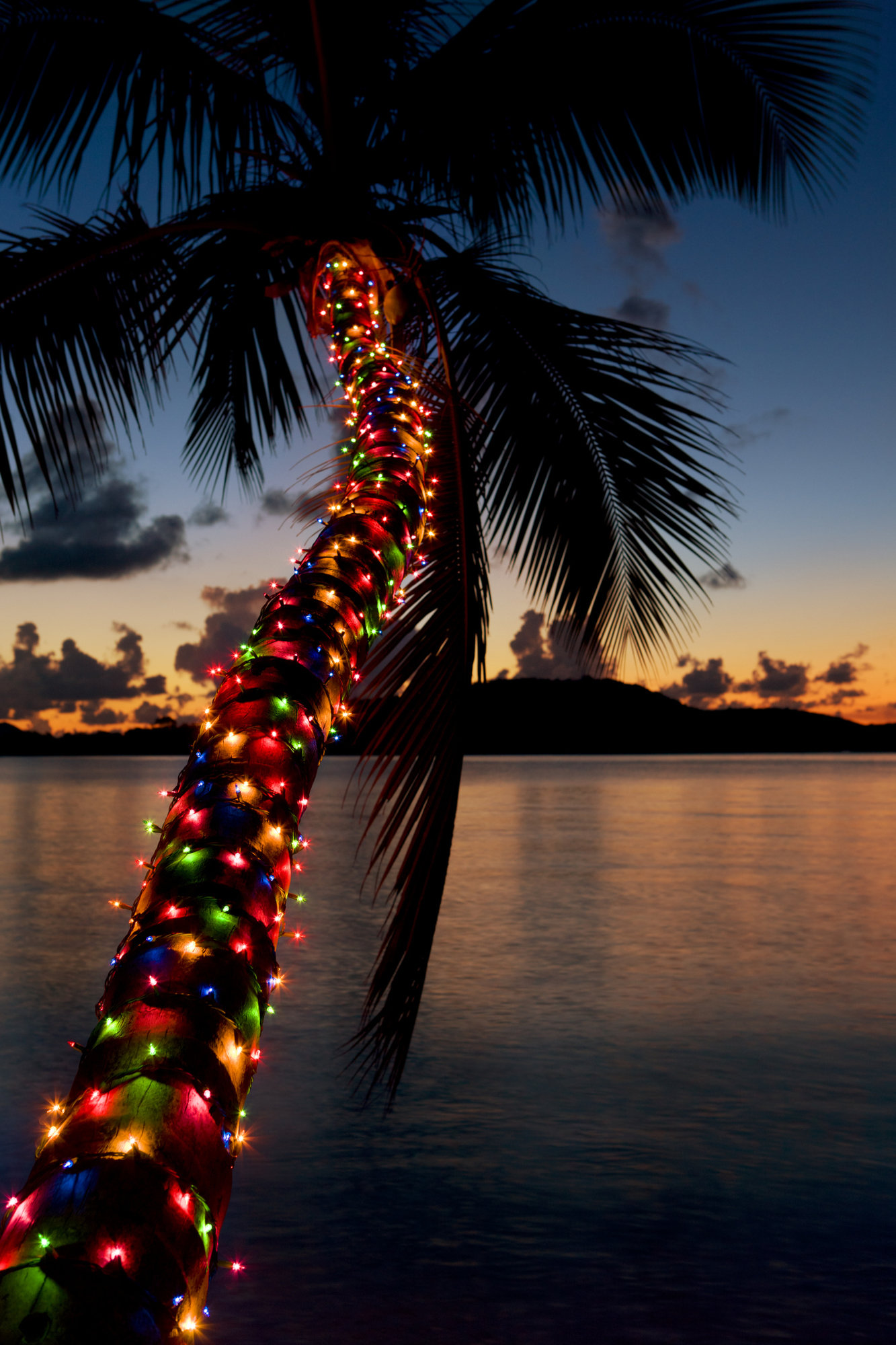
The children may then wake up to find that their sock was taken and exchanged with a gift by Papai Noel, what Brazilians call Santa Claus. Since Christmas in Brazil occurs during the summer, some people may even spend theirs at the beach.
In Paraguay, many Christmas celebrations involve drinking a traditional drink called clerico.
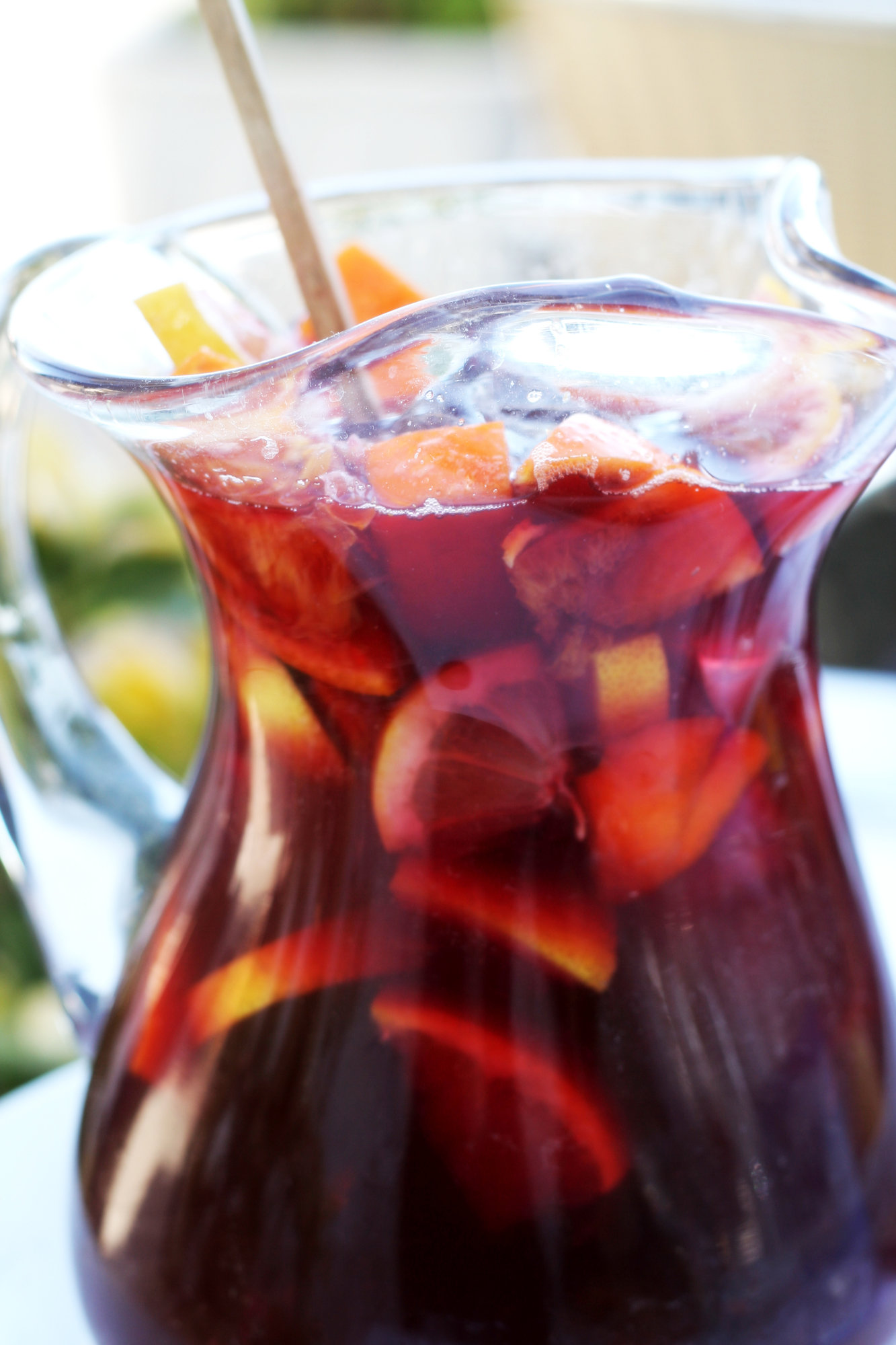
Clerico is almost like a sangria. It’s made of fruits that are thrown into a juice that’s sometimes mixed with wine. But the drink is only a small part of the holiday seasons. Other Christmas traditions in Paraguay include the setting off of fireworks and the setup of Nativity scenes in the home.

